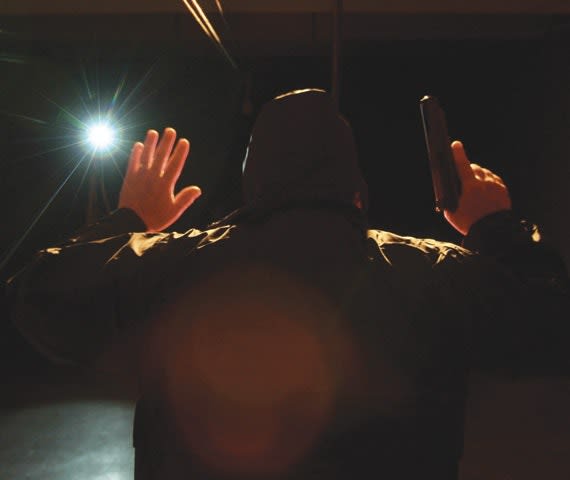If you are to have a reasonable expectation of disorienting a suspect, you must be confident that the light flashed in his eyes is free of any imperfections. Make sure the light you select and use will project a clean beam/pattern free of any dark spots. I also suggest that you choose a light with a minimum of 80 lumens.
Typically we utilize tactics, training, and troops to overcome many of the situations that face us. Look at the effective deployment of a quality light as another tool to help you win.
You will often be in a diminished light environment when you are confronted with a lethal encounter. The very fact that you are in less than desirable lighting conditions means that you more than likely will use some type of artificial light. But, as stated earlier, most of you only use the light in a traditional sense. In other words, to navigate, investigate, or communicate.
There you are in a low-light environment with the flashlight in your hand and you need to take some defensive or offensive action as a result of the suspect's actions. Does it not stand to reason that if you can gain the advantage (either defensive or offensive) by deploying the tool you already have in your hand, you should do it?
The advantages of such actions are many and go way beyond reaction time. When you consider the reduction in motor skill performance, the time wasted as you decide what tool to deploy, and discarding the light that is already in your hand, the advantages are apparent. You will extend both your reaction time and your movement time if you choose to deploy a tool other than what you already have in your hand.












